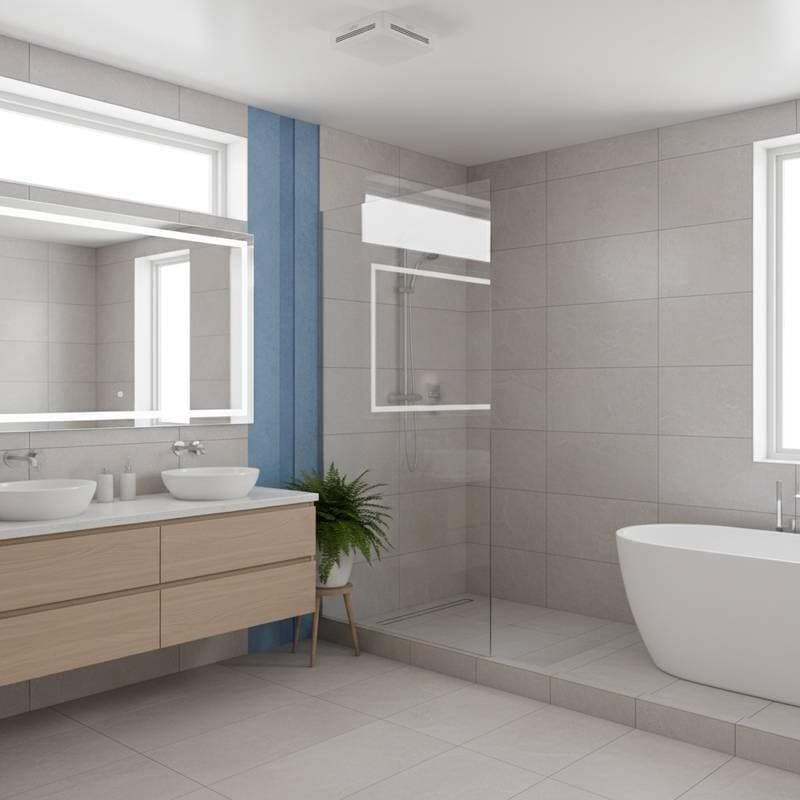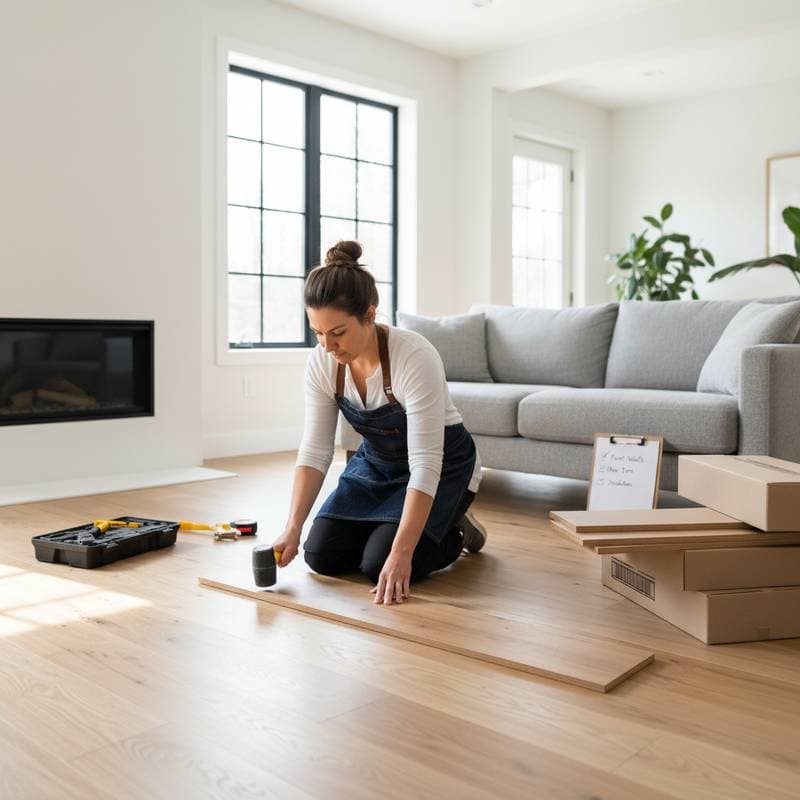Obtain three free quotes from local contractors before finalizing your timeline or budget.
Understanding Aging-in-Place Bathroom Remodeling
Aging-in-place remodeling transforms bathrooms into safe, functional spaces that support independence as mobility needs evolve. This approach integrates accessibility features without sacrificing style or comfort. In 2025, homeowners face increased costs due to inflation in materials like porcelain tiles and stainless steel fixtures, alongside a shortage of specialized installers.
Typical projects range from $18,000 to $34,000, depending on scope and location. Basic updates, such as installing grab bars and lever handles, start at the lower end. Comprehensive overhauls, including full shower conversions and heated floors, push toward the higher range. Factors influencing price include regional labor rates, which average $75 to $150 per hour, and material selections that balance durability with aesthetics.
Early planning allows time to research options and secure financing. Consult universal design principles to ensure the space serves current and future needs. Professional assessments identify potential structural adjustments, preventing costly surprises during construction.
Key Design Choices for Safety and Comfort
Effective designs prioritize intuitive navigation and reduced fall risks while maintaining an appealing environment. Focus on elements that enhance usability for all ages, avoiding overly clinical appearances.
- Curbless shower entries: Eliminate steps to facilitate seamless wheelchair access and reduce tripping hazards.
- Adjustable handheld showerheads with slide bars: Enable use from standing, seated, or reclined positions for greater versatility.
- High-slip-resistance flooring: Select materials rated R10 or above to minimize accidents on wet surfaces.
- High-contrast color schemes: Aid visibility for individuals with impaired vision by delineating edges and transitions.
- Lever faucets and door handles: Provide easier operation for those with limited grip strength or arthritis.
- Integrated grab bars: Position them near toilets, showers, and vanities for reliable support without visible clutter.
Incorporate warm lighting and textured surfaces to create a welcoming atmosphere. For instance, pair matte black fixtures with soft beige tiles for a modern yet cozy feel. These choices not only improve daily routines but also align with broader home accessibility goals.
Budgeting for Your Remodel
Establishing a realistic budget requires breaking down expenses into categories. Allocate 40 percent to labor, 30 percent to materials, and the remainder to permits, demolition, and contingencies.
- Demolition and preparation: $2,000 to $5,000, covering removal of old fixtures and plumbing rerouting.
- Plumbing and electrical updates: $3,000 to $7,000, essential for relocating pipes and adding outlets for medical devices.
- Core accessibility features: $5,000 to $12,000, including showers, flooring, and hardware.
- Finishes and enhancements: $4,000 to $8,000 for vanities, mirrors, and energy-efficient lighting.
Anticipate a 10 to 15 percent buffer for unexpected issues, such as subfloor repairs. Shop for bulk materials or off-season deals to control costs. Hiring certified aging-in-place specialists ensures compliance with standards like those from the National Kitchen and Bath Association.
Return on Investment and Long-Term Benefits
These remodels offer strong financial returns, recouping 55 to 65 percent of costs upon resale. The true value lies in enabling prolonged home occupancy, potentially saving $50,000 or more annually compared to assisted living facilities.
Energy-saving features amplify savings. Low-flow showerheads reduce water usage by 20 to 30 percent, while LED fixtures cut electricity bills similarly. Over a decade, these efficiencies can offset 15 to 25 percent of the initial investment.
Beyond finances, the emotional benefits include preserved familiarity and autonomy. A thoughtfully designed bathroom fosters confidence in daily self-care, contributing to overall well-being.
Strategies for Long-Term Maintenance
Preserve the functionality of your investment through consistent upkeep. Regular inspections catch issues before they escalate, extending the lifespan of components.
- Inspect grab bar anchors biannually to ensure secure mounting.
- Reseal grout and tile joints annually to block moisture intrusion.
- Clear shower drains monthly to avoid water accumulation and slips.
- Renew caulking around fixtures every three to five years for waterproof integrity.
Monitor for subtle signs of wear, such as discoloration or soft spots in walls. Prompt professional intervention averts mold growth and costly repairs. Document maintenance schedules to track progress and inform future updates.
Steps to Launch Your Project
Begin by evaluating your current bathroom's layout and identifying priority needs. Gather quotes from at least three vetted contractors experienced in accessibility remodeling. Review portfolios to confirm their ability to blend form and function seamlessly.
Set a timeline that accommodates material lead times, which can extend four to six weeks in 2025. Communicate openly with your team about preferences to achieve a personalized outcome. This proactive approach secures a bathroom that supports your lifestyle for years ahead, enhancing both safety and satisfaction.



